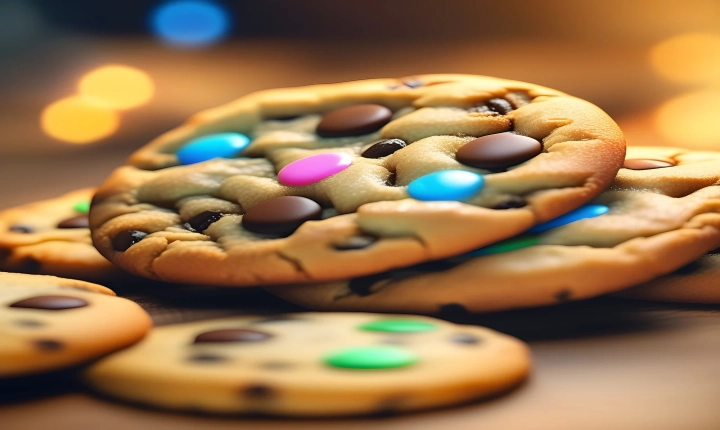AI-Generated Artwork: A New Frontier in Creativity
Art has always been a reflection of human thought, creativity, and emotion. From the earliest cave paintings to the Renaissance masterpieces, art has been a medium through which we have expressed ourselves and captured the essence of our world. As technology continues to advance, we are witnessing a new frontier in creativity with the emergence of AI-generated artwork.
Artificial intelligence has become an increasingly powerful tool in the creation of art. Using machine learning algorithms and deep neural networks, AI can analyze vast amounts of data and patterns to generate original artwork. Whether it’s generating a realistic portrait, creating abstract designs, or even composing music, AI has the potential to push the boundaries of what we consider to be art.
One of the most significant benefits of AI-generated artwork is its ability to transcend the limitations of human creativity. AI has the capacity to explore complex and unconventional patterns and generate artwork that may not have been possible through traditional means. This opens up new possibilities for artistic expression and innovation, challenging our preconceptions of what art can be.
Another advantage of AI-generated artwork is its potential for democratizing creativity. By leveraging AI tools, artists and creators can explore new ideas, styles, and techniques that may have been out of reach due to limitations of time, resources, or skill. This allows for a more inclusive and diverse range of artwork to emerge, enriching the art world and providing opportunities for lesser-known artists to gain recognition.
However, the rise of AI-generated artwork also raises questions about the role of the artist in the creative process. Can AI truly be considered an artist in its own right, or is it merely a tool for human creators? Furthermore, as AI becomes more sophisticated, it has the potential to replicate the styles of famous artists or even create entirely new genres. This may challenge the traditional notion of originality and the value of human creativity in the art world.
Furthermore, the ethical implications of AI-generated artwork must also be considered. As AI is capable of creating highly realistic and convincing artwork, there is potential for misuse, such as the creation of forged art or the unauthorized use of copyrighted material. Additionally, the question of ownership and attribution of AI-generated artwork raises complex legal and moral issues that must be addressed as AI continues to evolve in the art world.
Despite these challenges, the emergence of AI-generated artwork represents an exciting and transformative development in the creative landscape. As AI technology continues to advance, it has the potential to inspire new forms of artistic expression, challenge traditional notions of creativity, and expand the boundaries of what we consider to be art. By embracing AI as a creative partner, artists and creators can unlock new realms of possibility and shape the future of artistic innovation. The fusion of human ingenuity and AI capabilities may lead to a renaissance of creativity, reinventing the art world as we know it.
